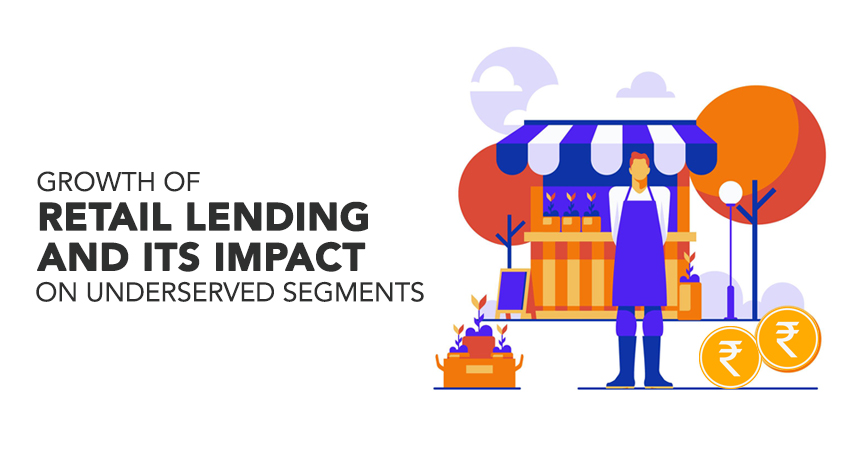Retail lending has grown significantly over time as a result of technological improvements, changing consumer behaviour, and increasing regulatory frameworks. While this expansion has given customers many choices, it has also significantly impacted small enterprises.
In a collaborative analysis from CRISIL and ICICI Bank, it is predicted that retail lending will increase by $96 trillion by 2024. The banking industry had to step up its game in light of the COVID-19 pandemic and the surge of digital innovations. Retail lending has advanced significantly, from mobile applications to electronic payments. Retail lending solutions have been acknowledged as a cornerstone for a bank to build a long-term relationship with its consumers. Lenders have the opportunity to interact with borrowers and create enduring bonds when they engage in loan transactions.
The growth in the retail lending sector has been driven by several factors, including low-interest rates, increased access to credit, and a growing population of consumers. In recent years, online and digital platforms have also made it easier for consumers to apply for and receive loans, further fueling growth in the retail lending market. Additionally, the rise of fintech companies has contributed to the growth of retail lending as they offer alternative lending options to traditional banks. Retail loans formed about one-third of the total banking system’s gross advances.
It is important to know that the composition of secured and unsecured advances has changed between 2021-2023, with unsecured retail loans increasing from 22.9 percent to 25.2 percent. However, one can question if retail lending is gaining traction for small firms. 80% of all industrial organizations are small firms.
Following is a list of the growing retail lending market’s impacts on underserved segments.
- Increased consumer spending
Consumers may have more disposable income to give to small businesses as a result of taking out additional loans. Consequently, this will enhance small firms’ income and sales.
- Improved access to credit
Small businesses may find it simpler to obtain the funding they need to grow and expand thanks to an increasing variety of retail lending choices. For instance, up until 2019–20, retail credit increased by 16.6% year over year (YoY). Forecasts indicate that retail lending will expand more slowly than it did prior to the epidemic.
- Increased competition
The expansion of retail lending may also lead to increased competition among lenders, which could lead to lower interest rates and better loan terms for small firms.
- Fintech companies
Due to the growth of retail lending, fintech businesses can provide alternatives to traditional banks. They can provide easier-to-approve funding solutions that are more accessible, particularly for small enterprises.
- Boost to the economy
Retail lending can help create jobs and boost economic activity, in addition to promoting economic growth, by giving consumers and small businesses the money they require to purchase products and services. For instance, the number of loans granted for agricultural and allied operations jumped from 2.4% in June 2020 to 11.4% in June 2021.
- Digitization
Small companies gain from adopting a digital-first strategy by taking advantage of the automation of retail financing and the transition from a more traditional approach to one that is more digitized. With the use of fintech, the retail loan process can be digitized, and by digitizing the customer journey, operational efficiency can be raised by 20 to 30%.
Conclusion
The effects of expanding retail lending on small firms could, however, alter depending on how the market is doing at any given time. One may need to be educated about these changes in order to make judgments as a small business owner. Small businesses have been greatly influenced by the expansion of the retail lending environment, whether due to automation or greater demand.
